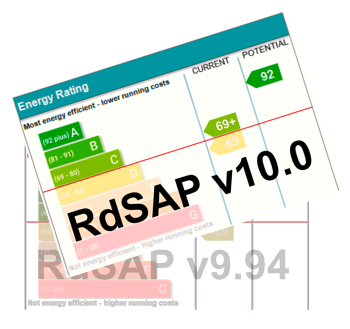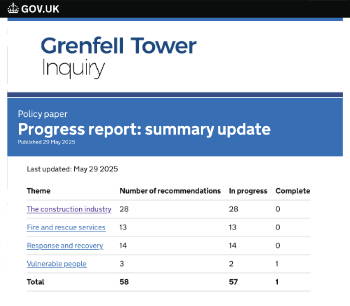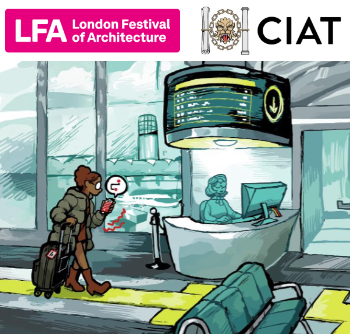Non-compliant tender
This article describes in detail the tender process for a typical commercial construction contract.
For a wider description of the range of tender processes that might be adopted on different types of project, see Tender processes.
For more information about different contractual procurement routes, see Procurement route.
An invitation to tender will generally include very specific requirements for the information and format of the tender that prospective suppliers must submit. This ensures that necessary information is included and that it is in a format that the client is able to analyse and compare with other tenders.
If a prospective contractor or supplier submits a tender that does not comply with the client's requirements then that bidder is said to have submitted a non-compliant bid. This can result in the tender being rejected. Full compliance requires that all material conditions of the invitation to tender must be complied with.
A tender may be non-compliant by:
- Not answering all the question(s).
- Exceeding the required word length.
- Submitting in the wrong format e.g PDF when Excel or Word were required.
- Making a late submission.
- Not breaking down information in the correct way.
- Submitting proposals that do not comply with the client's requirements.
However, a non-compliant proposal, sometimes referred to as a variant bid, may be submitted intentionally if the tenderer believes that an alternative could offer better value for money that the requirements set out in the invitation to tender. However, non-compliant proposals should only be submitted if they have been requested or are explicitly permitted by the client, and they may need to be accompanied by a compliant bid to allow direct comparison with other tenders.
See also: Qualified bid.
[edit] Related articles on Designing Buildings Wiki
- Best value.
- Bid writer.
- Competitive tender.
- Contract award.
- Contract conditions.
- Contract documents.
- Due diligence when selecting contractors or subcontractors.
- Invitation to tender.
- Letter of award.
- Mid-tender interview.
- Most Economically Advantageous Tender (MEAT).
- Pre-tender interview.
- Procurement route.
- Qualified bid.
- Selection criteria.
- Tender documentation.
- Tender evaluation.
- Tender processes.
Featured articles and news
Professional practical experience for Architects in training
The long process to transform the nature of education and professional practical experience in the Architecture profession following recent reports.
A people-first approach to retrofit
Moving away from the destructive paradigm of fabric-first.
International Electrician Day, 10 June 2025
Celebrating the role of electrical engineers from André-Marie Amperè, today and for the future.
New guide for clients launched at Houses of Parliament
'There has never been a more important time for clients to step up and ...ask the right questions'
The impact of recycled slate tiles
Innovation across the decades.
EPC changes for existing buildings
Changes and their context as the new RdSAP methodology comes into use from 15 June.
Skills England publishes Sector skills needs assessments
Priority areas relating to the built environment highlighted and described in brief.
BSRIA HVAC Market Watch - May 2025 Edition
Heat Pump Market Outlook: Policy, Performance & Refrigerant Trends for 2025–2028.
Committing to EDI in construction with CIOB
Built Environment professional bodies deepen commitment to EDI with two new signatories: CIAT and CICES.
Government Grenfell progress report at a glance
Line by line recomendation overview, with links to more details.
An engaging and lively review of his professional life.
Sustainable heating for listed buildings
A problem that needs to be approached intelligently.
50th Golden anniversary ECA Edmundson apprentice award
Deadline for entries has been extended to Friday 27 June, so don't miss out!
CIAT at the London Festival of Architecture
Designing for Everyone: Breaking Barriers in Inclusive Architecture.
Mixed reactions to apprenticeship and skills reform 2025
A 'welcome shift' for some and a 'backwards step' for others.





















